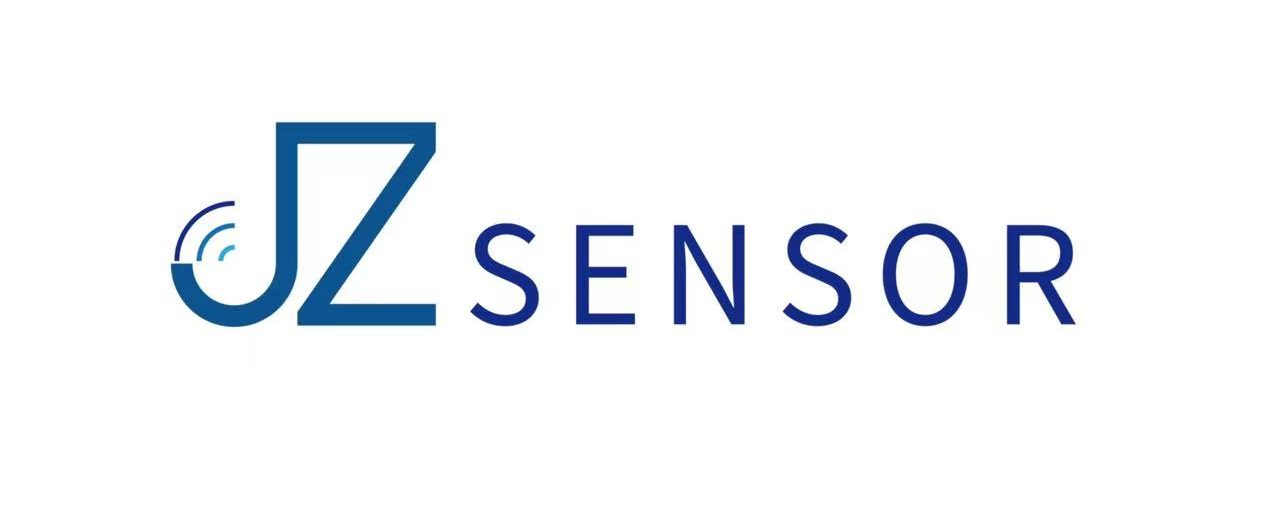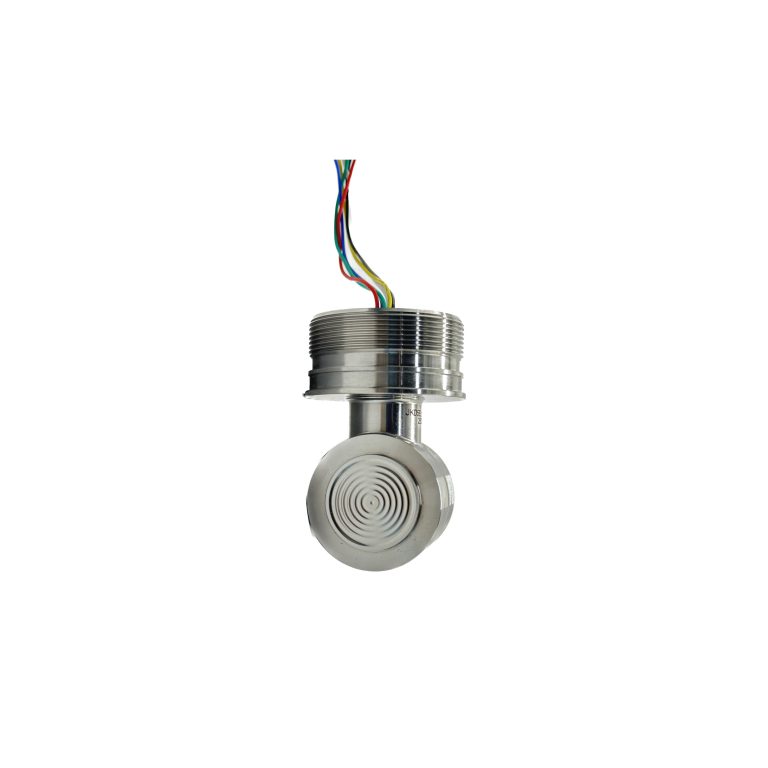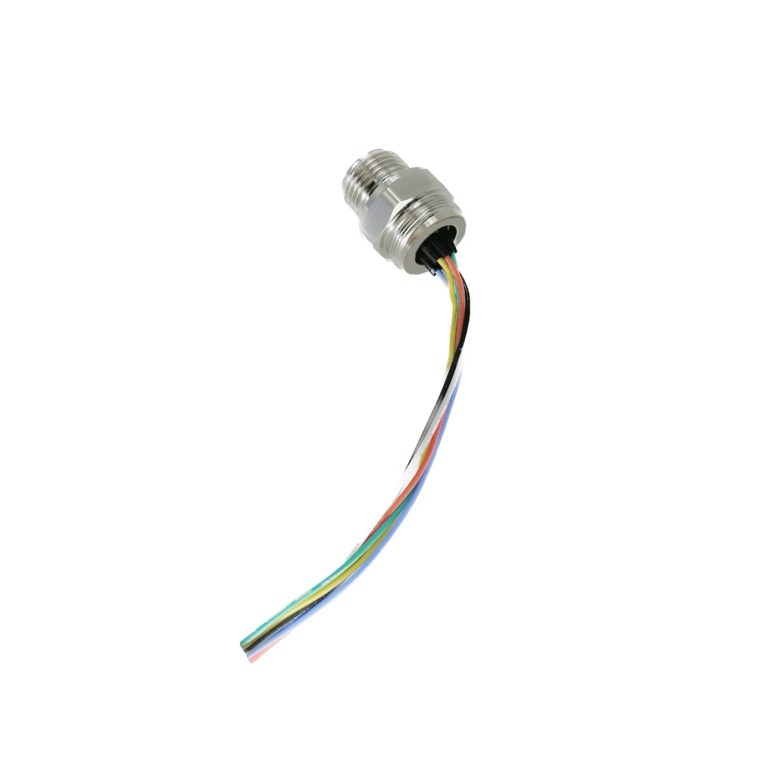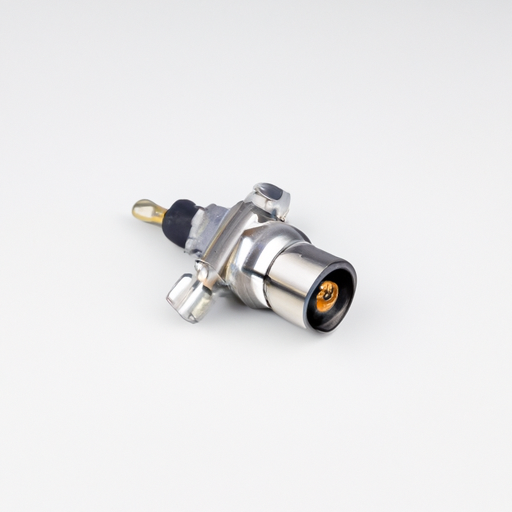Factors Affecting the Price of Differential Pressure Transmitters
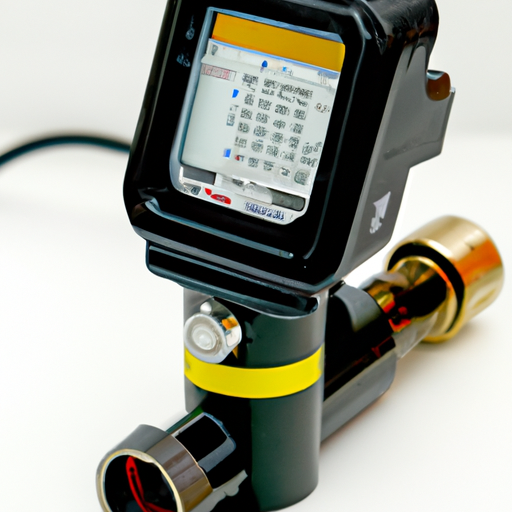
Differential pressure transmitters are essential devices used in various industries to measure the difference in pressure between two points. These transmitters play a crucial role in ensuring the smooth operation of processes and systems. However, when it comes to purchasing a differential pressure transmitter, one of the primary considerations is the price. The price of a differential pressure transmitter can vary significantly depending on several factors. One of the key factors that affect the price of a differential pressure transmitter is the brand. Established and reputable brands often charge a premium for their products due to their reputation for quality and reliability. These brands have invested heavily in research and development, ensuring that their transmitters meet the highest standards. Consequently, their prices tend to be higher compared to lesser-known brands. However, opting for a well-known brand can provide peace of mind, knowing that you are investing in a reliable and durable product. Another factor that influences the price of a differential pressure transmitter is the level of accuracy required. Transmitters with higher accuracy levels are generally more expensive. This is because achieving higher accuracy requires more precise manufacturing processes and components. Additionally, these transmitters often undergo more rigorous testing and calibration procedures to ensure their accuracy. Therefore, if your application requires a high level of precision, you should be prepared to pay a higher price for a differential pressure transmitter. The type of technology used in the differential pressure transmitter also affects its price. Traditional analog transmitters tend to be more affordable compared to their digital counterparts. Analog transmitters have been around for a long time and are well-established in the industry. On the other hand, digital transmitters offer advanced features such as digital communication protocols and enhanced diagnostics. These additional features come at a cost, making digital transmitters more expensive. However, the benefits of digital technology, such as improved accuracy and ease of integration with control systems, may outweigh the higher price for some applications.
| Measuring medium | Gases, vapours, liquids |
| Inaccuracy | ±0.075% |
| stability | ±0.1%/3 years |
 Lastly, the availability and demand for a particular model or brand can also impact its price. If a specific differential pressure transmitter is in high demand and limited supply, its price may be higher due to market forces. Conversely, if a transmitter model is readily available and there is low demand, its price may be lower. Therefore, it is essential to consider the market dynamics and availability when evaluating the price of a differential pressure transmitter.
In conclusion, several factors influence the price of a differential pressure transmitter. These include the brand, accuracy requirements, technology used, range and pressure rating, and market dynamics. By considering these factors, you can make an informed decision when purchasing a differential pressure transmitter that meets your application requirements while staying within your budget.
Lastly, the availability and demand for a particular model or brand can also impact its price. If a specific differential pressure transmitter is in high demand and limited supply, its price may be higher due to market forces. Conversely, if a transmitter model is readily available and there is low demand, its price may be lower. Therefore, it is essential to consider the market dynamics and availability when evaluating the price of a differential pressure transmitter.
In conclusion, several factors influence the price of a differential pressure transmitter. These include the brand, accuracy requirements, technology used, range and pressure rating, and market dynamics. By considering these factors, you can make an informed decision when purchasing a differential pressure transmitter that meets your application requirements while staying within your budget.
